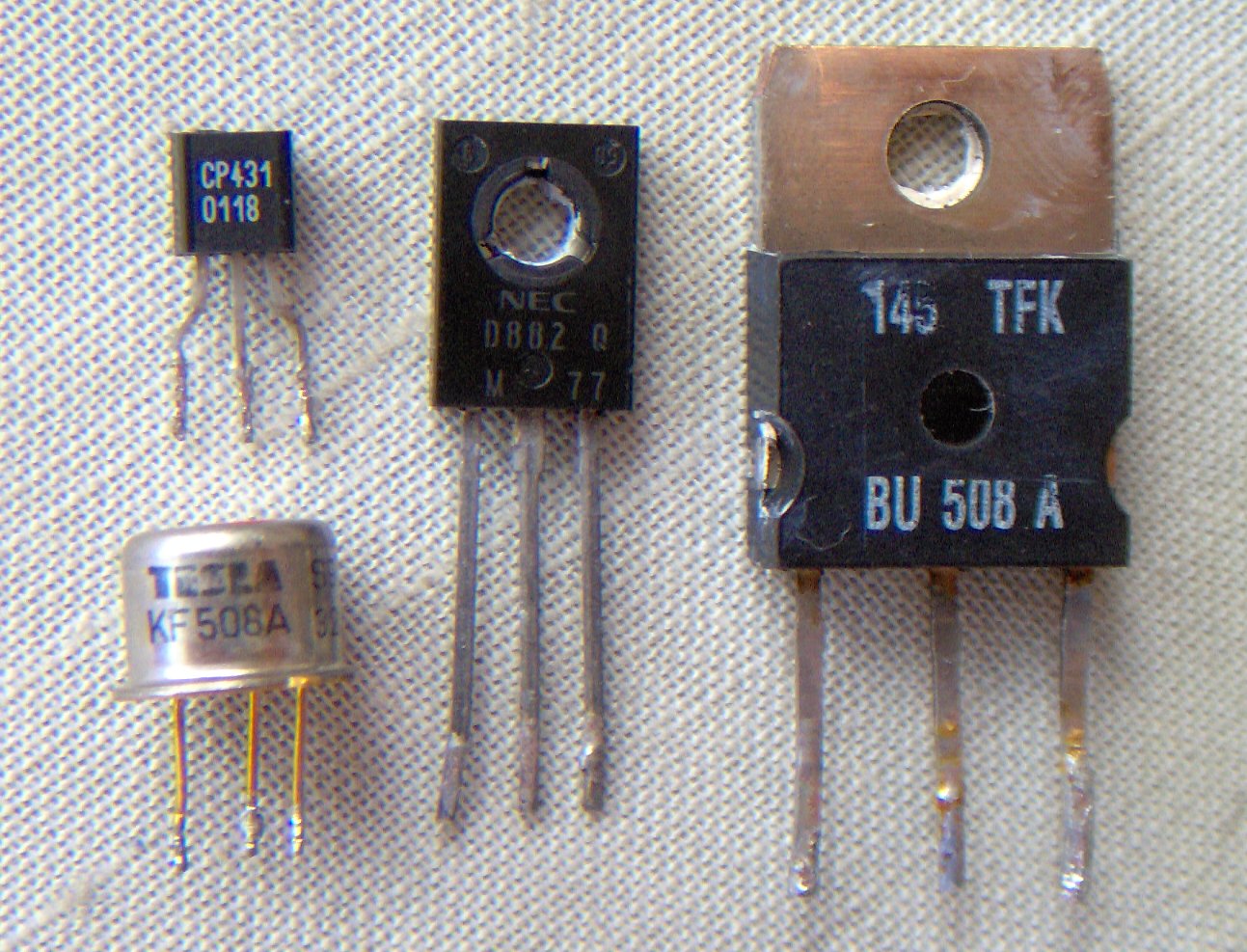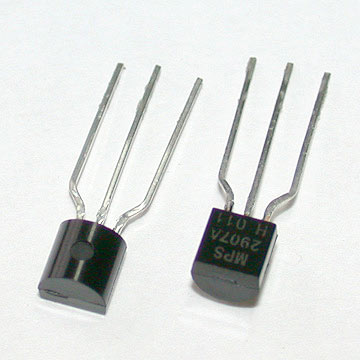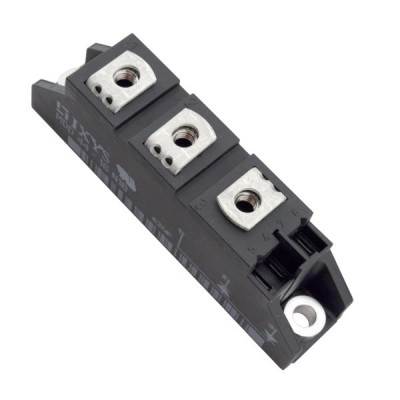Difference Between Transistor and Thyristor

Electric circuits might get tricky to make especially if you have to create switching circuits. Keep in mind that your safety is the top most priority while making any electric circuit and you have to take all possible safety measures to avoid any short circuit or sparking. Bipolar junction semi-conductor transistors have been used successfully to amplify electric signals in switching circuits for years. However, the use of thyristors has also become very common in the recent past. These two devices might be used for serving a common purpose but there are some huge differences between them. Keep in mind that transistor and thyristor are not interchangeable and you have to choose the either one of these for your switching circuits.
A transistor is made up of semi-conducting material and its basic purpose is to amplify and switch electronic signals and electrical power. A transistor contains three terminals in total and they are connected to an external circuit. When voltage is applied to a pair of terminals, it will change the potential difference within the other pair of terminals and since the output power is higher than the input voltage, the transistor can amplify an electric signal effectively.
On the other hand, a thyristor is another semi-conductor device, having four layers of ‘N-Type’ and ‘P-Type’ material. These devices act as excellent bi-stable switches, which implies, thyristors allow current in one direction until they forward biased. When a small electric current triggers the gate of thyristor, it starts conducting electricity until the voltage across it is not reversed.
Instructions
-
1
Transistor
A semi-conductor chip contains two active areas, where a lot of free electrons can be found and where there are spaces to accommodate those electrons (these empty spaces are also called holes). The regions having plenty of free electrons are called the ‘n-type’ regions, whilst the area where there are holes to accommodate the electrons is known to be the ‘p-type’. The adjoining region of these two segments is called the ‘p-n junction’ or the bi-polar junction. The three terminals of the transistor are called the collector, the base and the emitter. Transistors are of two types, NPN transistors (having p-type as base and n-type as the collector and emitter) and PNP transistors (with n-type as base and p-type as collector and emitter). I you apply current to the base of a NPN transistor, it will switch on and if you remove the current, it will cease to work.
Image Courtesy: hisupplier.com
-
2
Thyristor
A thyristor has four active regions, two p-type and two n-type regions respectively, and this makes three p-n junctions within this one device. It also has three leads, called anode, cathode and the gate. If you apply a small current to the gate, the thyristor will allow the passage of current from anode to cathode and it will keep conducting even if you remove the current from the gate.
Image Courtesy: inverterdrive.com







